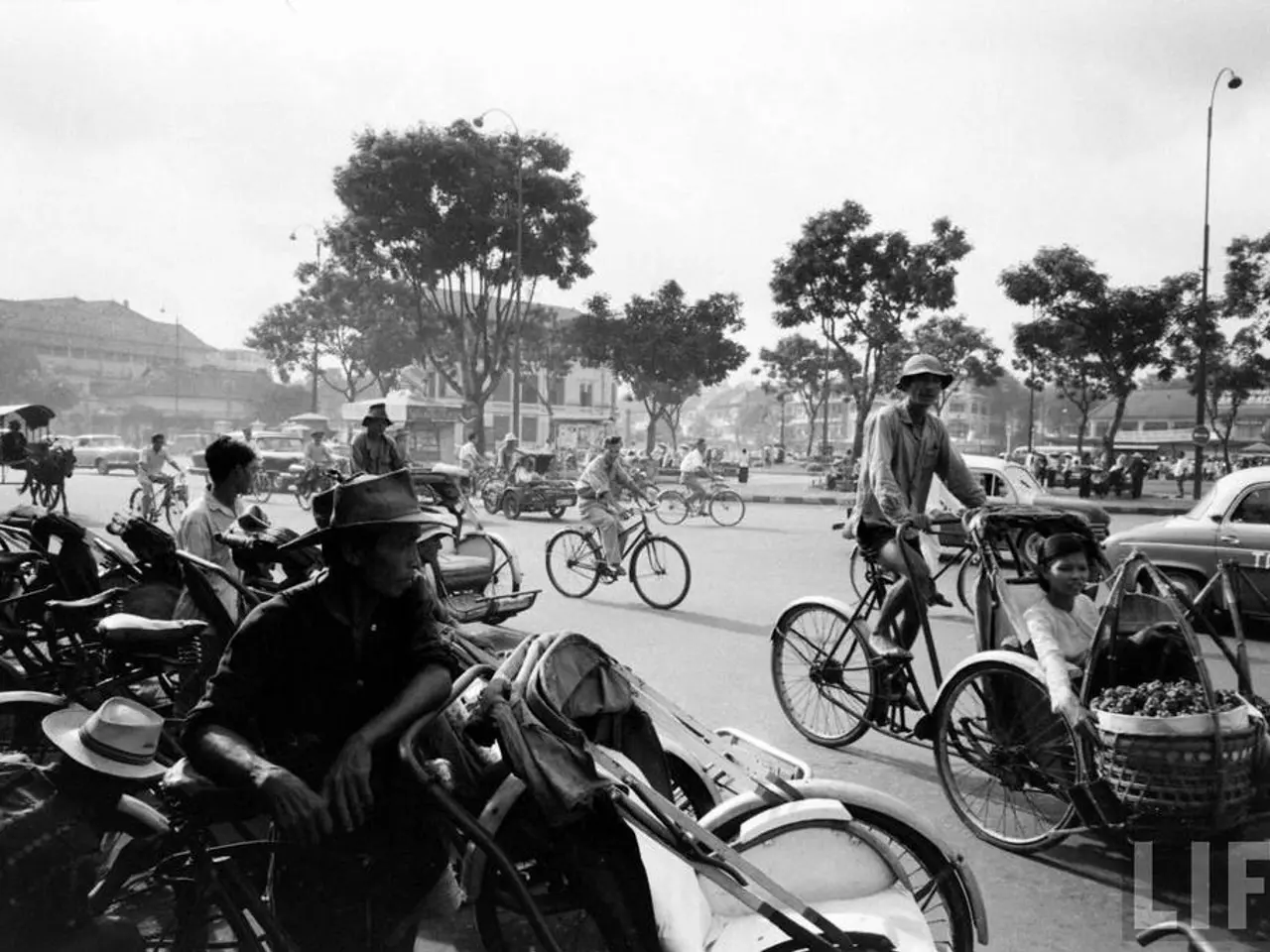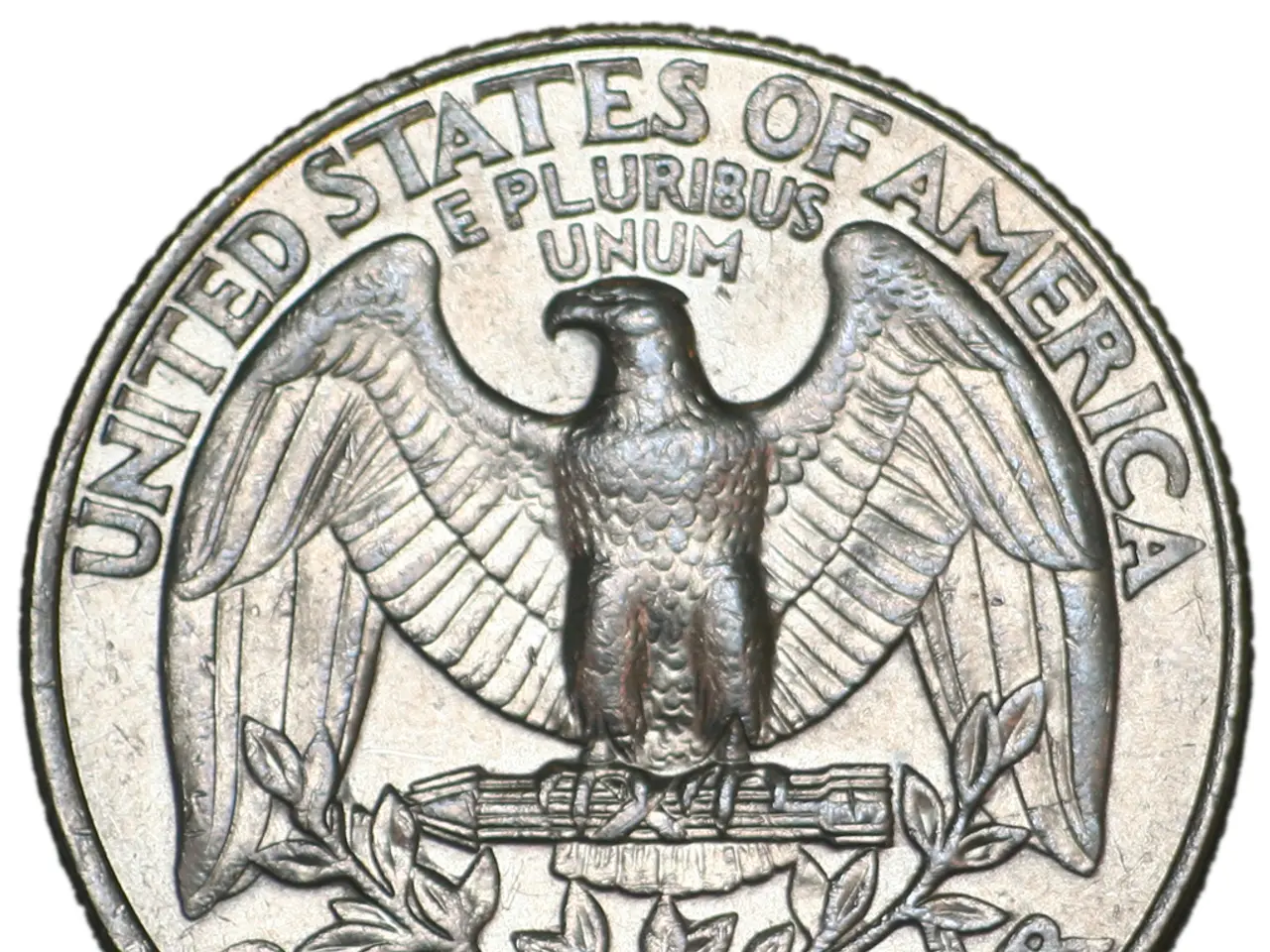Melbourne metropolis reveals groundbreaking bicycle strategy for urban cyclists
Melbourne, Australia, is taking a cue from several global cities in integrating cycling as a key mode of transport to reduce congestion and accommodate growth. The city is set to create over 10 kilometres of pop-up bike lanes to cater to commuters as COVID-19 restrictions ease.
The City of Sydney has already started this initiative, with similar plans underway in Melbourne. The next upgrades are scheduled for William Street, Abbotsford Street, and Swanston Street, aiming to provide safe options for people to ride bikes or walk, reducing the need for cars and adding to congestion.
The City of Melbourne is working closely with the Victorian Government to fast-track the installation of protected bike lanes on key routes. The bike lanes will be built in two stages, with 20 kilometres completed in 2020-21.
The inspiration for Melbourne's pop-up bike lanes comes from cities like Paris, Copenhagen, Amsterdam, and Brooklyn, which have successfully reduced car traffic, improved air quality, and enhanced livability by prioritising cycling and pedestrians.
In Paris, over 100 kilometers of permanent bike lanes, known as “coronapistes”, have been created. The city aims to become a “100% cycling city” by 2026, investing 250 million euros in cycling infrastructure over five years.
Copenhagen, renowned as a “city of cyclists”, has about a third of all journeys made by bicycle. Amsterdam, too, is globally recognised for its cycling culture, with extensive bike lanes and parking facilities.
Brooklyn, New York, has recently emerged as a leading large city for bike-friendliness in the U.S., thanks to a comprehensive network of protected lanes and low-stress intersections.
RACV's senior planner, Stuart Outhred, encourages other municipalities to adopt quick-build, low-cost measures to encourage people to choose cycling and walking as alternatives to driving and public transport. He states that this approach is low-risk, low-cost, and allows people to walk or ride bikes by reallocating road space.
RACV research shows more people would like to ride bikes but are scared of riding in traffic and want physically separated bike lanes. The pop-up cycling paths in Melbourne are a quick build, using paint rather than concrete to define spaces, providing flexibility to change or remove any infrastructure that's not working.
Craig Richards, the chief executive officer of Victoria's Bicycle Network, suggests that the return-to-work commute in Melbourne will be challenging, and many may find a new way to get to work due to the fear of boarding a train carriage. The bike lanes are intended to connect suburbs like Carlton, East Melbourne, North Melbourne, Brunswick, and West Melbourne to the central city.
The approach of creating safe spaces for walking, jogging, and cycling implemented in cities like Vancouver, Milan, Berlin, and Auckland could be replicated across greater Melbourne, not just the CBD. The ultimate goal is to make Melbourne a city where cycling is a viable, convenient, and attractive option for many residents, similar to Paris, Copenhagen, Amsterdam, and Brooklyn.
- To further alleviate congestion and promote a greener lifestyle, the City of Melbourne is collaborating with the Victorian Government to install protected bike lanes on key routes, similar to the "coronapistes" in Paris, France.
- As the finance industry continues to support sustainable initiatives, RACV's senior planner, Stuart Outhred, advocates for other municipalities to adopt low-cost measures, such as pop-up cycling paths, to encourage cycling and walking as alternatives to driving and public transport, like Brooklyn, New York, has done effectively.




